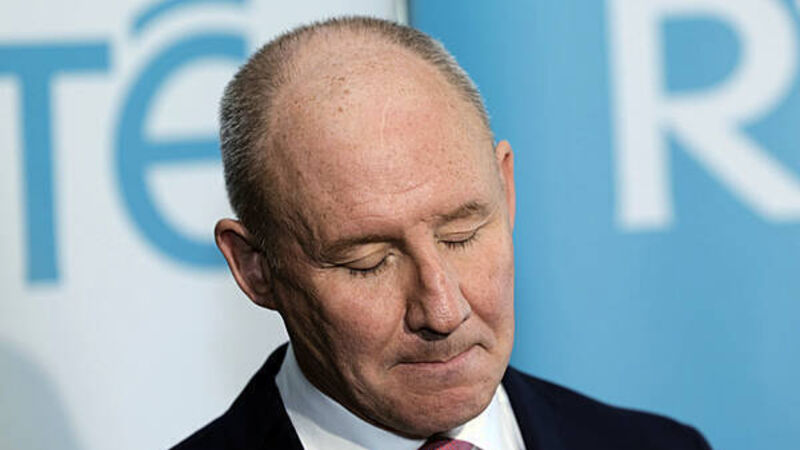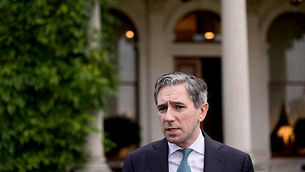Fianna Fáil leadership fallout most defining story of presidential election

Ottoline Spearman
Fianna Fáil’s leadership turmoil was the most defining and negatively framed story of the 2025 presidential election, an analysis of radio clips has found.
A new report by Everhaze, a PR intelligence platform, found that across more than 16,000 radio mentions on 60 stations nationwide, the party fallout - which was intertwined with Jim Gavin’s withdrawal - generated over 2,000 mentions.
This resulted in an average sentiment of 43.8 pp, the lowest of the election.
Catherine Connolly and Heather Humphreys were both drawn into negative narratives late in the race, as Connolly’s “Bank Representation” (-3.6 pp) and Humphreys’ “Shane O’Farrell” (-4.2 pp) storylines became the most damaging stories of their respective campaigns.
Meanwhile, Maria Steen largely avoided controversy and secured a net sentiment of +1.0 pp.
Ms Connolly emerged as the only candidate with net positive sentiment (+2.3 pp).
Speaking about the findings, James McCann, CEO of Everhaze said: “Jim Gavin’s withdrawal from the race, and the ensuing fallout for Fianna Fáil’s leadership, will likely stand as the defining story of the 2025 Presidential campaign.
"Equally striking is how Maria Steen’s absence from the ballot became an unexpected advantage. The sheer volume of her mentions, combined with their notably non-polarising tone, propelled her into national prominence without the burden of controversy.
"It’s also unsurprising that Catherine Connolly was the only candidate to finish with a positive sentiment score, largely because Heather Humphreys’ campaign struggled to generate strong counter-narratives capable of offsetting a series of negative stories.”
Connolly ultimately led the airwaves in the final fortnight (44.1 per cent share of voice, +2.3 pp net sentiment) with coverage driven by governance reform and community advocacy themes.
Humphreys followed at 37.3 per cent (–2.6 pp), her tone weighed down by ongoing justice and departmental accountability discussions.
Gavin’s residual post-withdrawal commentary held 18.6 per cent (–3.6 pp) and remained strongly associated with leadership fallout.
Local radio again proved decisive, accounting for 72 per cent of all mentions, while national talk shows supplied narrative framing and tone moderation. Overall sentiment across the campaign closed slightly negative (–0.8 pp net), underscoring a cycle defined more by leadership disruption and controversy than by policy promotion.









